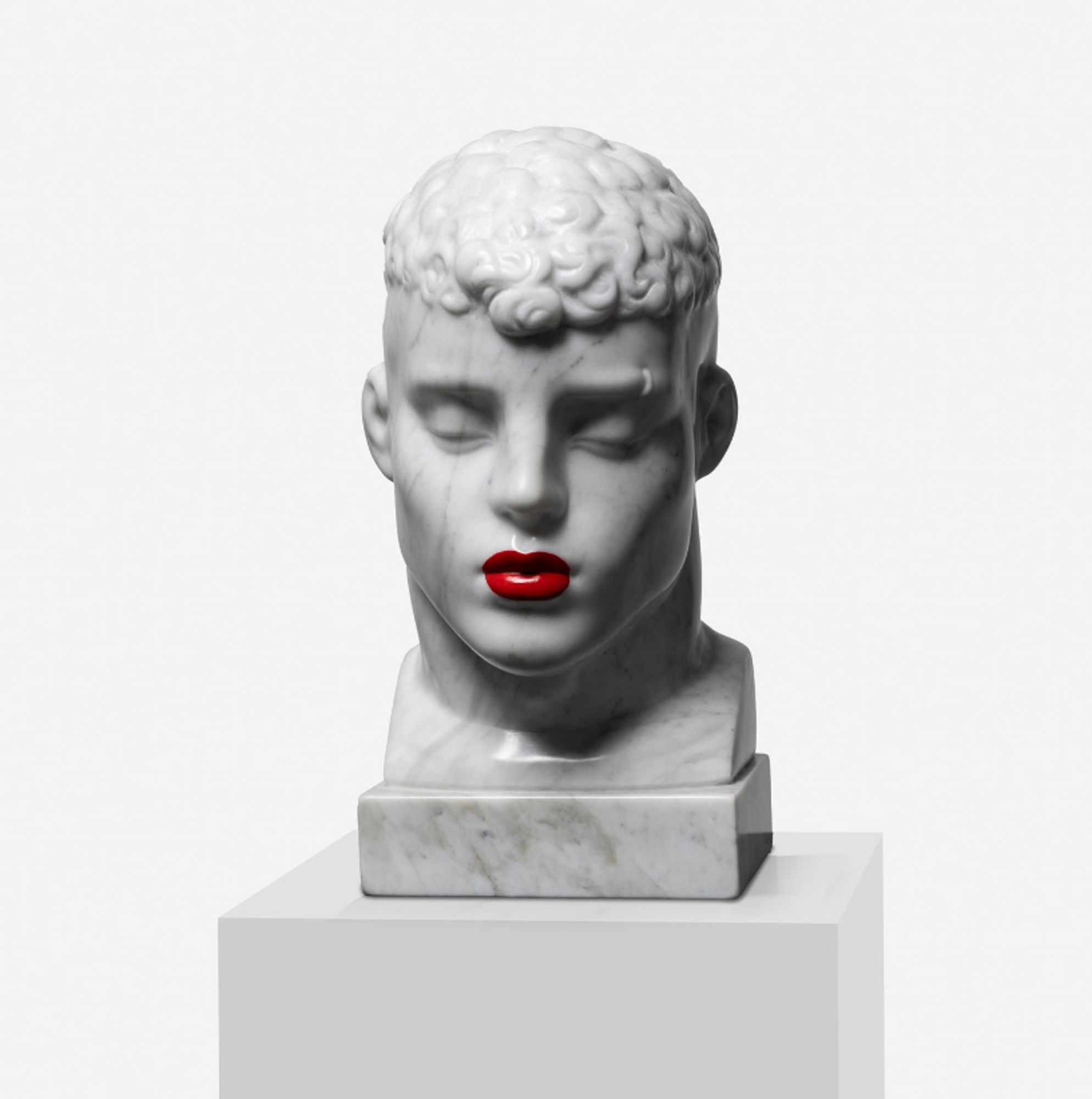Seeing Red with Jane Neal

What are the pitfalls of collecting in Central and Eastern Europe? What is she collecting and what’s her latest project?
Jane Neal made her reputation as a leading expert on the contemporary art scene in CEE. According to The Evening Standard, Jane brought a whole generation of young Romanian artists to world attention including the internationally renowned Adrian Ghenie. In an online EduArt Start lesson, she explained the specifics of the region’s art, introduced her latest project, and sparked a lively discussion about collecting. We bring you some insights below.
What was at the beginning of Western collectors’ interest in CEE art?
Until relatively recently, it was quite difficult for artists to emerge onto the international scene. The Western view used to be that Eastern European art was somehow retrograde and serving socialism through socialist realism, whereas they had new and progressive conceptually driven art associated with philosophy and cultural theory. However, local artists knew how to master the crafts of painting and sculpture, had a wonderful knowledge of art history and the theory as well as concepts to bring to the mix, too. Once Western collectors realised these benefits, they were intrigued!
Which artists are currently worth noticing?
My favourites are Radu Oreian, Ion Grigorescu, Matouš Háša, Adam Štech, and Gabriela Vanga. Their unique contribution deserves recognition and support.
What other factors are involved in the flourishing of art and the success of the artists themselves?
Generally speaking, the arts do well when either the government is quite liberal and endorsing culture or conversely when it isn’t and artists and creatives are forced to react against conservatism, band together and fight for their work. There are some really interesting artists working in Central and Eastern Europe. The region is known for producing a number of high-profile painters in particular. To reach a truly international level, the local art scenes need to invest in attracting and encouraging new and existing collectors to support their artists and galleries. These collectors need in turn to understand that their artists should acquire both a local and an international profile.
Are you a collector yourself? What would you recommend to new collectors?
My collection is mainly focused on works on paper. I believe it’s very important to enjoy it. Trust your instincts. Ask yourself: “What work would I take from a burning house?” Which one has the most emotional value to you? Art has great transformative power.
Your latest project is called “Seeing Red” and was created in collaboration with art consultant Fru Tholstrup for Phillips Auction House in London. The exhibition features over 70 works by artists who explore what “seeing red” feels like. How did the initial idea to organise it come about?
Originally, I thought of the exhibition which would continue an interrupted dialogue between modernism and the artistic movements of the early 20th century. So I developed a theoretical essay on the subject, which I showed to my colleague Fru Tholstrup who comes from a more business-oriented background. During one of the project’s discussions about the current global situation, Fru expressed all she could see was red. This became the catalyst for the transformation of the project.
How did you continue to work with this motif?
The colour red can have many meanings – passion, love, anger – historically it has played an important role in spiritual rituals, for example. Red is also often a symbol of power. We therefore invited the artists to portray this theme artistically. The result is a diverse range of work across techniques, from the classic to the less traditional, such as a renowned perfumer’s scent or a poet’s original reading. Other artists represented include David Brian Smith, Attila Szűcs, Helen Beard, Marina Abramović, and others. The individual works can be viewed until 24 March 2024 in Phillips Auction House or online.